Chmod Command In Linux To Change Permissions

8 Linux Chmod Command Examples To Understand It The Linux Juggernaut

How To Use Chmod And Chown Command In Linux

Linux File Permissions Tutorial How To View And Change Permission

Csc128 Permissions And Links Chmod And Ls

Chmod 777 In Terminal The Command To Make All Changes Affect Every File And Folder Ask Ubuntu

Linux Chmod Command Tutorial With Examples To Change Permission Of Files And Folders Poftut
Chmod command in Linux is used to change or assign permissions on files and directories.

Chmod command in linux to change permissions. They have listed below. To make a file readable and writable by the group and others. #chmod #linux #linuxessentials chmod command in linux is used to change file permissions (both file and directory).
The chmod command in Linux/Unix is abbreviated as CHange MODe. Users can simply modify file permissions using the chmod (change mode) command. This command is used to view your files with what permission they are.
In a previous article, we looked at how to manage file & directory ownership using the chown. Chmod means ‘change mode’ and it changes file or directory mode bits (the way a file can be accessed). More Information on.
Chomd is one of the most powerful and important command in Linux. Chmod ugo+rwx foldername to give read, write, and execute to everyone. $ chmod 777 sample.txt.
Changing them one by one will take up a lot of time and isn’t practical. Change Permission With the find Command To assign separate permissions to directories and files, you can use the find command. It has -R or –recursive option that change files and directories recursively.
Chmod -R will change all the permissions of each file and folder under a specified directory at once. The basic syntax includes using the find command to locate files/directories and then passing it on to chmod to set the permission:. As you might remember, the default file permission value is 0644, and the default directory’s is 0755.
How to Use chmod Command. If it’s in the same directory, you may need to use chmod command with file name and new file permission to be applied. Exist to the file.
It works in two ways:. This is done with the chmod command. It allows the permissions to be changed in either Symbolic form or in numerical form.
Changing file/directory permissions with 'chmod' command. The Linux command to change permissions on a file or directory is chmod, which we like to read as change file mode. In Linux/UNIX, the concept of user (owner) and group is very fundamental, as everybody wants things he uses to be kept secure and properly organized.
The general syntax to recursively change the file’s permissions is as follows:. The name is an abbreviation of change mode. There are some most important commands to change file permissions in Linux.
As we discussed above we can change permission using Numerical and Alphabetical way, Here I have explained both methods with all tricks. We will explain the modes in more detail later in this article. Chmod Modifies File Permissions.
The references are used to distinguish the users to whom the permissions apply i.e. Chmod a=r foldername to give only read permission for everyone. Chmod has two operating modes:.
Chmod command is used to change the permissions of files and directories in Linux. Using Chmod Command to Change File Permissions As all Linux users, you will at some point need to modify the permission settings of a file/directory. In the terminal, the command to use to change file permission is chmod.
This can be achieved by changing file permissions. How to Use the chmod Command in Linux Command Syntax. Below is a list of numerical permissions that can be set for the user, group, and everyone else on the.
On Unix-like operating systems, a set of flags associated with each file determines who can access that file, and how they can access it. The operator determines whether to add (+), remove (-) or explicitly set (=) the particular permissions. To change the mode of a file, use the chmod command.
Use sudo, the find command, and a pipemill to chmod as in the following examples. If you are going for a console command it would be:. We explained the chown and chmod command for Linux and Unix users.
In Linux / Unix systems, accessibility to files and directories is determined by file ownership and permissions. The chmod also called change mode that is used to change permissions of a given file according to a certain mode. How To Change File Permissions In Linux Using ‘chmod’ Command The highly productive Linux system offers various levels of permission to ensure that the user has enough ways to interact with files and directories.
The command can accept one or more files and/or directories separated by space as arguments. It could be a single file or multiple files. Chmod command in Linux is used to change or assign permissions on files and directories.
Chmod command allows you to alter / Change access rights to files and directories. The third string identifies the owner of the file and the fourth string tells what group the owner of the file is in. Let’s say we want to change Linux file permissions from -rwxrw-rw- to -rwx-r–r–.
Sudo find directory -type d/f -exec chmod privilege {} \;. Using the command, we can set permissions (read, write, execute) on a file/directory for the owner, group and. Ugo+rw – this gives User, Group, and Other read and write access.
You can change the permissions on a file with the chmod command. Chmod command is used to change access permission of files and directories in Linux operating systems. File/Directory permission is either Read or Write or executable for either user or group or others.
The chmod command allows you to change the permissions on a file using either a symbolic or numeric mode or a reference file. Or if you want to make all the files in the current directory have all permissions type:. Access permissions specify whether a user account or group can read, write, or execute a given file and directory.
To change file and directory permissions, use the command chmod (change mode). The -R (or --recursive) options make it recursive. One set for the owner of the file, another set for the members of the file’s group, and a final set for everyone else.
In this article, you will learn how to change permissions of any file or directory with chmod command. As such, all we need to do is enter the following command to change the file permissions. This type of restriction is useful for effective file/folder management, securing system and providing a level ….
These flags are called file permissions or modes, as in "mode of access." The command name chmod stands for "change mode." It restricts the way a file can be accessed. The default umask value is subtracted from the overall file/directory default value. $ chmod 0 sample.txt Write by anyone $ chmod 002 sample.txt Execute by owner only $ chmod 100 sample.txt Execute by group only $ chmod 010 sample.txt Execute by anyone $ chmod 001 sample.txt Allow read permission to owner and group and anyone.
I’ll also explain some the popular terms like chmod 777 or chmod 755 or chmod -r. Both forms can be interchangeably used. I will cover them all.
HMOD Command in Linux:. To change permission of only files under a specified directory. To recursively operate on all files and directories under a given directory, use the chmod command with the -R, (--recursive) option.
How to Change Groups of Files and Directories in Linux. Simply enter this line:. File Permission is given for users,group and others as, SYNTAX :.
Actually, chmod Command in Linux plays a greater role to keep all the files and directories of the system safe and secure so that no unauthorized person can change, modify or delete content of any files or directories. There will be a Permission tab where you can change the file permissions. To change file access permissions you need to use the chmod command.
In Unix and Unix-like operating systems, chmod is the command and system call which is used to change the access permissions of file system objects (files and directories).It is also used to change special mode flags. The chmod command lets you change the permissions for a Linux file. Permissions (access modes) can be changed with the chmod command by using some operators (-, + or =) to assign permissions (r, w or x) to a specific user (u, g, o or a).
In this tutorial, we will discuss how to change file permissions in Linux using chmod command. To change permission using the Linux chmod command we have to follow some syntax and rules. To change permission using the Linux chmod command we have to follow some syntax and rules.
The chmod and chown commands are powerful and most popular command line tool that can be used to control access to files in Linux-based operating systems. As you can probably surmise, this command opens wide the SHARE folder such that anyone on the system can have access to that folder. The chmod command allows you to change the permissions of files using symbolic or numeric mode.
What is Linux chmod Command?. You can set the umask values in /etc/profile or in ~/.bashrc. Following color coding is used to describe the content better in applying chmod command in Linux.
Linux grants three different types of permissions — read, write, and execute — for three different scopes:. In this tutorial, we look at the chmod. $ chmod ug=rw /var/www/html/data.php See “how to use change user rights using chomod command” for more information.
Chmod command is useful to change permission for Files and folders in Linux/Unix. In Linux / Unix systems, accessibility to files and directories is determined by file ownership and permissions. Owner, group, and everyone.
The request is filtered by the umask.The name is an abbreviation of change mode. As Linux administrator, we always use chmod command to change file permissions in Linux. Chmod 466 filename does not make sense (see below).
In this article, I will take you through 11 Popular Unix/Linux chmod command examples to Change File Permissions. Chmod -R 777 /www/store. In a previous article, we looked at how to manage file & directory ownership using the chown command.
Chmod 744 file name By executing this command, the owner can read, write, and execute the file ( rwx ). $ chmod 744 file.txt Set Permission to All Files in a Directory. Chmod – the command to modify permissions-R – this modifies the permission of the parent folder and the child objects within.
In this file example, sets read and write permissions for user and group:. The permissions control the actions that can be performed on the file or directory. It may happens many times in a day, it depends on your environment size and team size.
Chmod -R MODE DIRECTORY. Chmod stands for change mode. Chmod 775 / path / to /file.
The owner of a file can change the permissions for user (u), group (g), or others (o) by adding (+) or subtracting (-) the read, write, and execute permissions. $ chmod 444 sample.txt Allow everyone to read, write, and execute file. You can use chmod in the command line to change file or directory permissions on unix or unix-like systems such as linux or BSD.
CHMOD stands for "Change Mode" and it is the Linux command which is used to change the access permissions of files and directories. In Linux, who can do what to a file or directory is controlled through sets of permissions. Sooner or later in the Linux world, you will have to change the permission on a file or directory.
In Unix-like operating systems, the chmod command is used to change the access mode of a file. The first 7 sets the permissions for the user, the second 7 sets the permissions for the group, and. To use this method you have to remember below rules and alphabets for proper use.
To change the permissions of a file, one uses the chmod command, with the following syntax:. There are two basic ways of using chmod to change file permissions:. (See p 759 in the book, A Practical Guide to Linux, for more information on this command.) It is important that in most cases, it makes no sense to set permissions on yourself more restrictive than group or other, therefore:.
We have already described the Linux file permissions. $ chmod 777 -R /path/to/Dir To assign reasonably secure permissions to files and folders/directories, it's common to give files a permission of 644 , and directories a 755 permission, using the find command and a pipe we can target just files. I strongly suggest that you read man pages by typing the following man.
Linux chmod command is used to change access permissions of files and directories. This CHMOD command is mainly used to set, edit and remove the file permission to the user, user group and others.This CHMOD can be expanded as “Change Mode“, the name itself it explains that it is mainly used to change the permission mode of a file.You can use this command to restrict the file by. Say you do not want your colleague to see your personal images.
The references are shorthand (u, g, or o) for each class. To change directory permissions for everyone, use “u” for users, “g” for group, “o” for others, and “ugo” or “a” (for all). They are list of letters that specifies whom to give permissions.
The command that executes such tasks is the chmod command. In short, “chmod 777” means making the file readable, writable and executable by everyone. Sometimes, you might need to change the permissions for all the files belonging to a directory.
In this article, I’ll share with you some of the practical examples of chmod command. 1) Change permissions using Numeric (octal) method. Chmod -R 777 ./ If you need more info about chmod command see:.
To assign reasonably secure permissions to files and folders/directories, it's common to give files a permission of 644, and directories a 755 permission, since chmod -R assigns to both. We can use the 'chmod' command which stands for 'change mode'. However, group and others are only allowed to read ( r– ).
Donotprint /donotprintThe find command can be used to find files and directories. The basic syntax is:. Chmod is a great Linux command for manipulating file and directory permissions.
Before explaining the syntax of the chmod command, you need to look at the cryptic way Linux reports file permissions.

Linux Chmod Example Linux Hint

How To Change Permissions In Linux
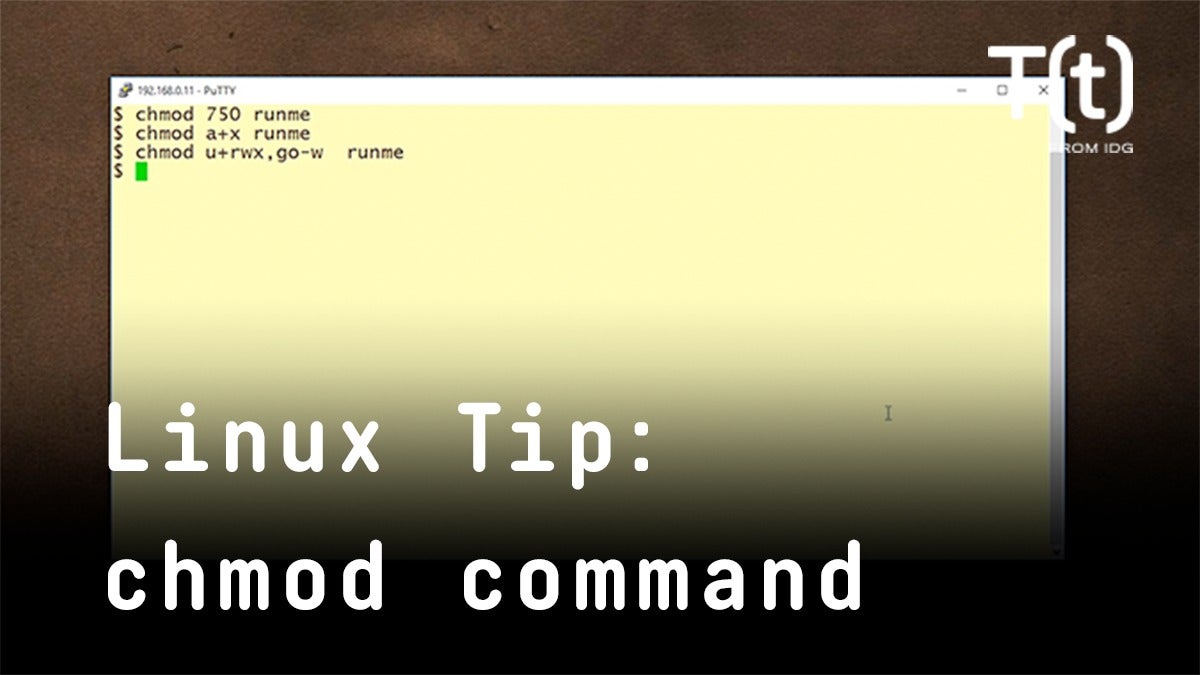
How To Use The Chmod Command 2 Minute Linux Tips Network World

Explained How To Use Chmod Command Complete Guide Youtube

Directory How Can I Change Permissions Of A Folder Including Its Enclosed Files And Subdirectories Ask Ubuntu

How To Change Directory Permissions In Linux Pluralsight

Linux File Permission Change By Chmod Command In Linux Guide For Beginners

Linux Chmod Command Tutorial With Examples To Change Permission Of Files And Folders Poftut

How To Change Permissions In Linux
Q Tbn 3aand9gcs J72hjomdluhqe6xjivy M6yrjmkqx9x3z3ps Rpnb8by3w7z Usqp Cau

Learning The Shell Lesson 9 Permissions

Workbook 4 File Ownerships And Permissions Ppt Video Online Download

Permissions In Linux Geeksforgeeks

Your Own Linux Chmod Basics Of Files Directories Permissions And Use Of Chmod

How To Change Directory Permissions In Linux Pluralsight

How To Change Directory Permissions In Linux Pluralsight

How To Use The Chmod Command On Linux

Setting File And Directory Permissions Computational And Information Systems Laboratory
.png)
File Permissions In Linux Unix With Example

Linux Permissions Posix Chmod Chown Chgrp Youtube
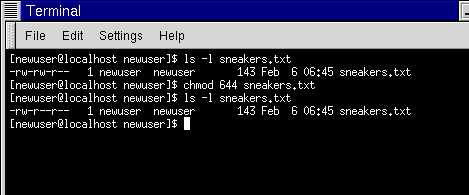
Fun With Numbers In Chmod
/i7guGwCYcn-34e068e148ae4e918b29c86cd2d5740e.png)
Configuring Unix Linux File And Directory Access Rights

Change File And Folder Permission On Ubuntu Chmod Chown Command In Linux Youtube

How To Use The Chmod Command On Linux

Linux Terminal File Permissions Chmod Chown And Chgrp Youtube

Chmod Command In Linux With Examples Geeksforgeeks

Chmod Changing Permissions Of Operation Not Permitted Unix Linux Stack Exchange

How To Copy File Permissions And Ownership To Another File In Linux

How To Deny File Permissions To Everyone Except Yourself In Linux Linuxhostsupport

Chmod Command In Linux With Examples Geeksforgeeks

Chmod Calculator Chmod Generator Chmod Command

Chmod 777 What Does It Really Mean Make Tech Easier

Linux Commands 5 File Permission Chmod Youtube
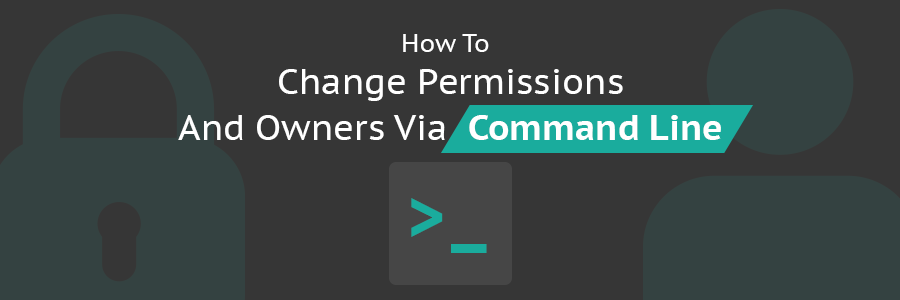
How To Change Permissions And Owners Via Linux Command Line
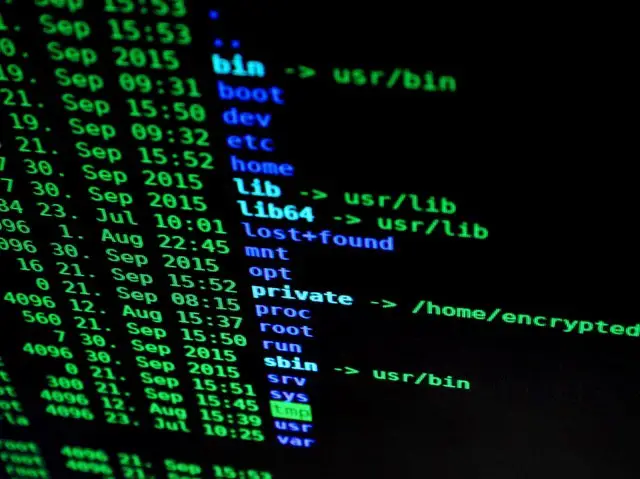
An Introduction To Linux File Permissions Boolean World

Understanding Basic File Permissions And Ownership In Linux The Geek Diary

Chmod Command In Unix Learn Unix Online Fresh2refresh Com

Linux Unix Permissions And Attributes Linuxsecrets

Numeric Permissions Table Linux Chmod Command Linux Permissions

How To Use Chmod Command In Linux Explained With Examples
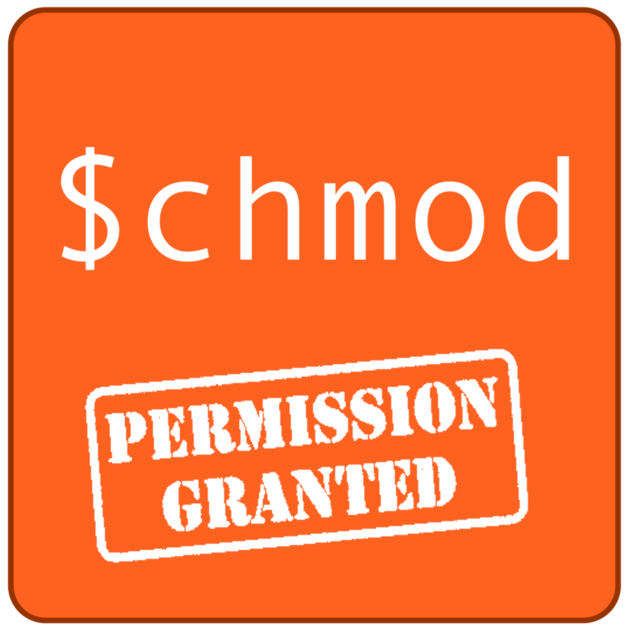
Changing File Permissions In Linux The Chmod Command By Saswat Subhajyoti Mallick Medium

Unix Linux Os X File Permissions

Introduction To Linux File Permissions Attributes Chmod Globo Tech

Chmod Command In Linux File Permissions Linuxize
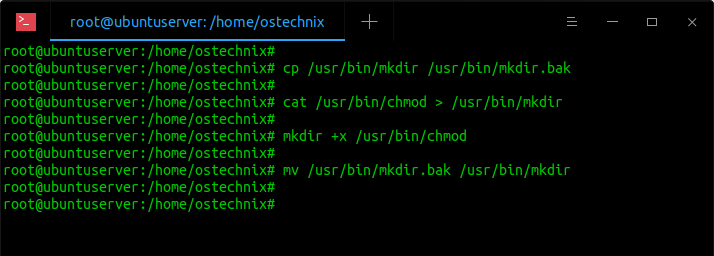
Restore Executable Permission To Chmod Command In Linux Ostechnix

Change Ownership And Rights To Files And Folders In Linux Smashing Lab

Ownership And Permissions
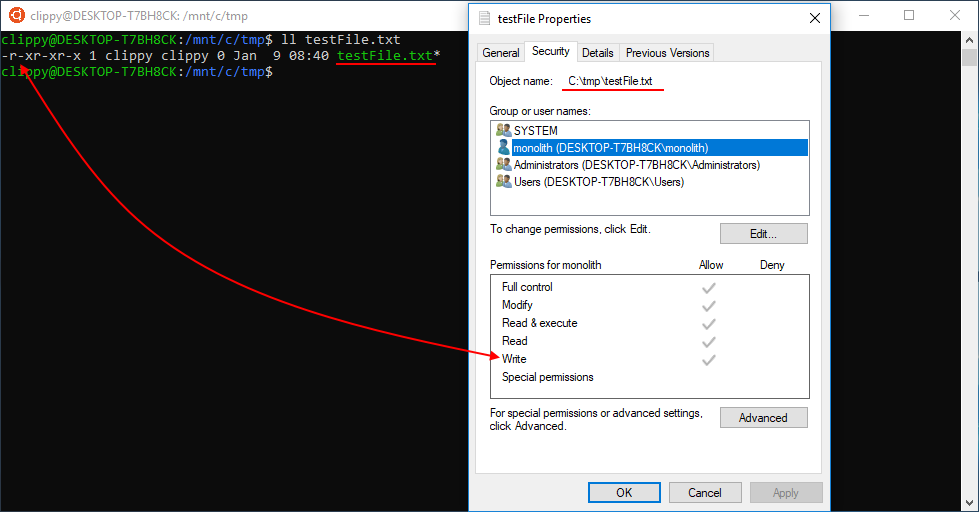
Chmod Chown Wsl Improvements Windows Command Line

Solved B To Remove Myfile Ordinary File From The Paren Chegg Com

How To Change Directory Permissions In Linux Pluralsight

Linux Chmod Command Linuxfordevices

How To Change Directory Permissions In Linux Pluralsight
.png)
File Permissions In Linux Unix With Example

Chmod Wikipedia

Linux Chmod Command Help And Examples

Command Line I Can T Change Mode For Some Directories Using Chmod Ask Ubuntu

Understanding Linux Permissions And Chmod Usage

Restore Executable Permission To Chmod Command In Linux Ostechnix
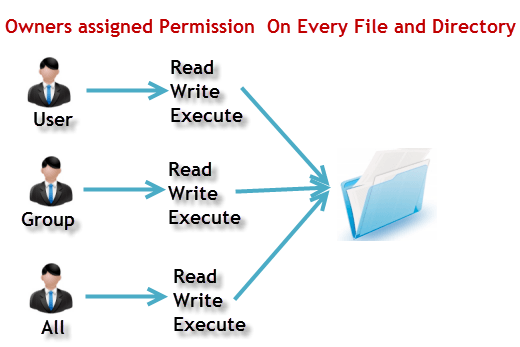
File Permissions In Linux Unix With Example
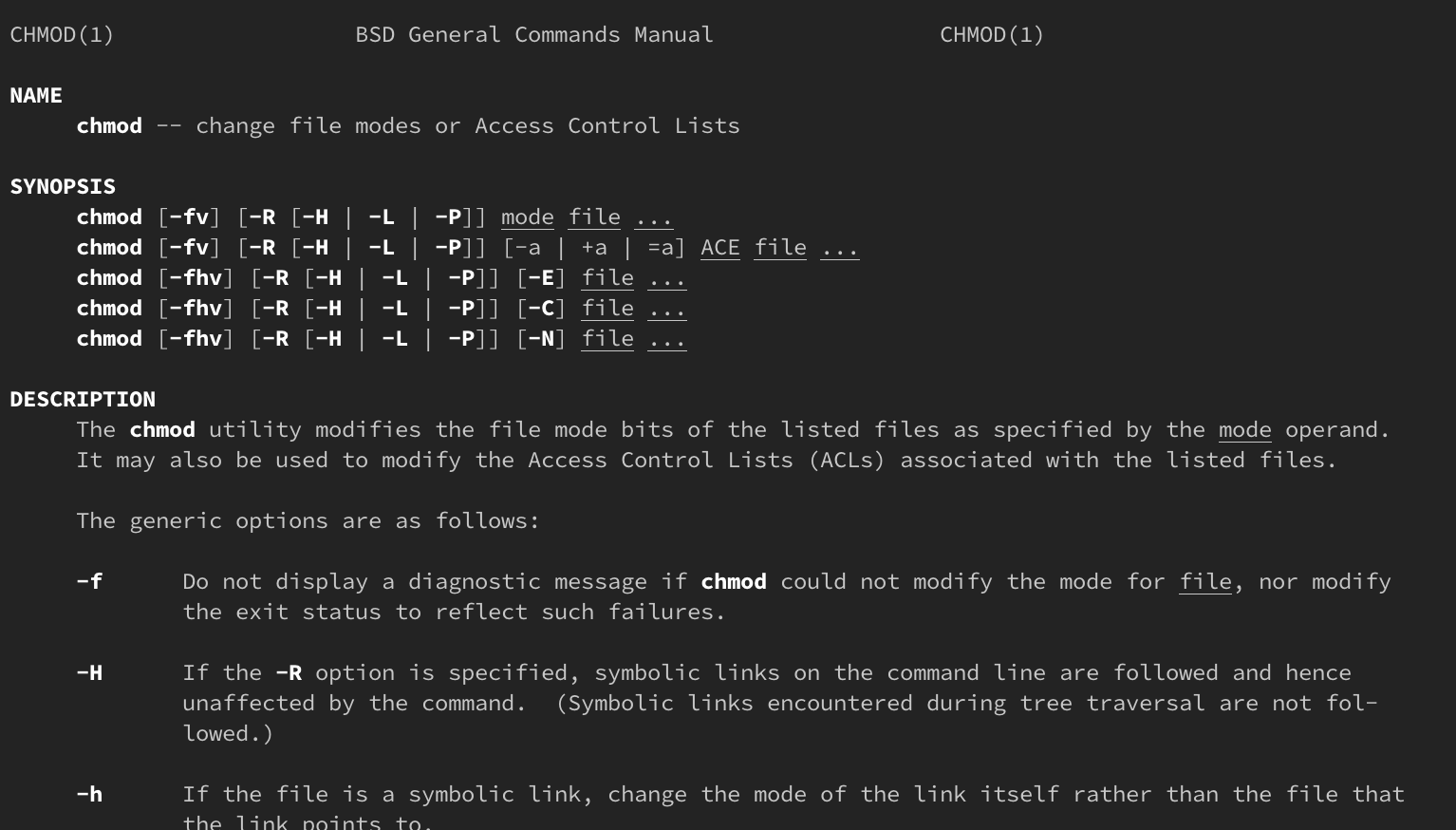
How Do Linux Permissions Work
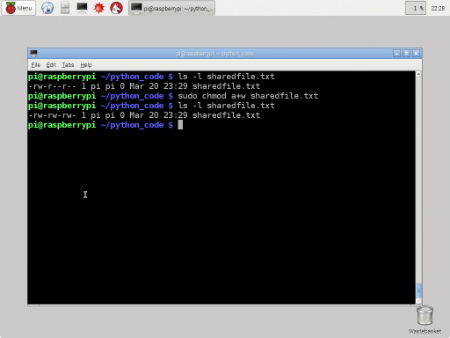
Working With File Permissions On Your Raspberry Pi Dummies

Change File Permissions Recursively Linux Linux Hint

A Unix And Linux Permissions Primer Daniel Miessler

How To Change File Permissions Recursively With Chmod In Linux
Q Tbn 3aand9gcs9h1s9aymhgxuiwaruv5svj Iw49oju6dx0zyl3syy0y4ft3ya Usqp Cau
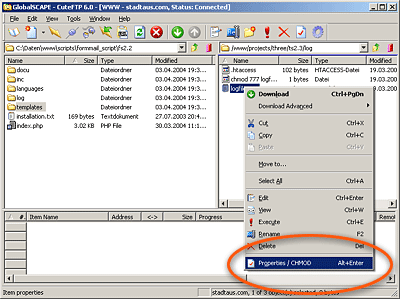
Chmod Ftp File Permissions Stadtaus Com

How To Use Chmod Command In Linux Explained With Examples

Chmod Recursive Change Permissions Recursively On Files Folders

An Introduction To Linux File Permissions Boolean World

Linux File System Nevigation Filing System Reading Writing Linux

Linux File Permission Javatpoint
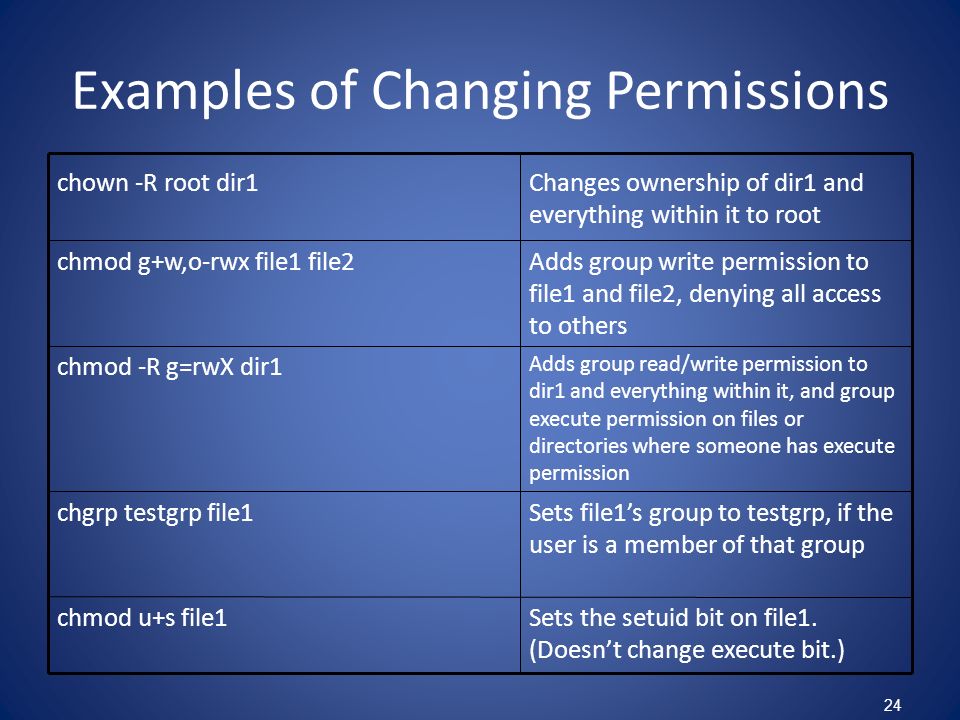
Permissions Why Use Chmod Instead Of Chmod U Rw Go R Unix Linux Stack Exchange

Unix Permissions
.png)
File Permissions In Linux Unix With Example

How Do Linux File Permissions Work

How To Set File Permissions In Mac Os X Macinstruct

Linux Chmod Command Linuxfordevices

08 Unix Linux Shell File Directories Permission Chmod Command Youtube

What Is Chmod 777 How To Change File Permissions For Linux Tech Ninja Pro
Q Tbn 3aand9gct I9jvgnhaxowmpzpaajfkfizchmnvqt Bi Nz3ljrxwqpkb8l Usqp Cau
Q Tbn 3aand9gcq2oq90gyu7qjtwwppsiodhgqotjbz3awrstnhczkm6hwgdiahx Usqp Cau

Jijo K Jose Jijokjose Personal Website How To Change Permission To A Folder And All Of Its Subfolders In Linux Ubuntu Terminal Jijo K Jose

Course 102 Lecture 14 Users And Permissions
/GettyImages-1021092796-ea8c63ee76f84bd5bf98c4222337fbb4.jpg)
How To Use The Chmod Command In Linux

Linux Permissions Guide Plex Support
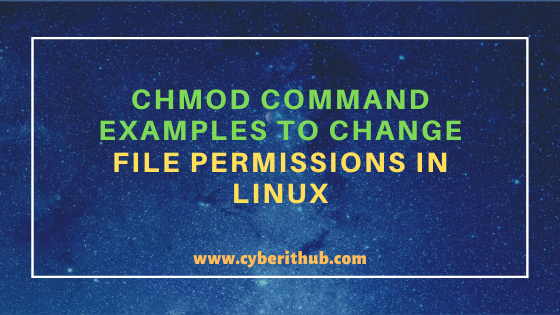
11 Popular Unix Linux Chmod Command Examples To Change File Permissions Cyberithub
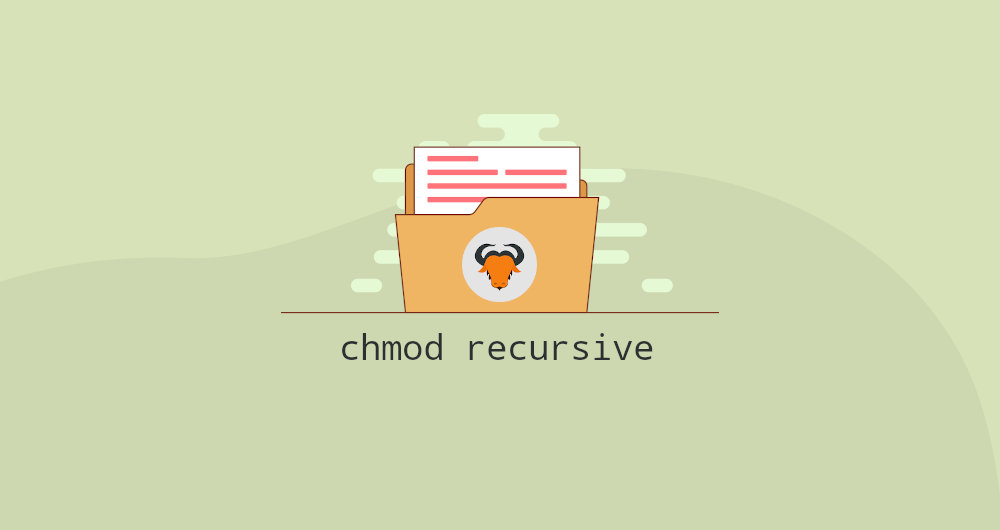
How To Recursively Change The File S Permissions In Linux Linuxize

Linux File Permissions Tutorial How To View And Change Permission

How To Give 777 Permission To File In Linux

Linux Permissions Guide Plex Support

Modify File Permissions With Chmod Linode

Chmod Command In Linux With Examples Geeksforgeeks
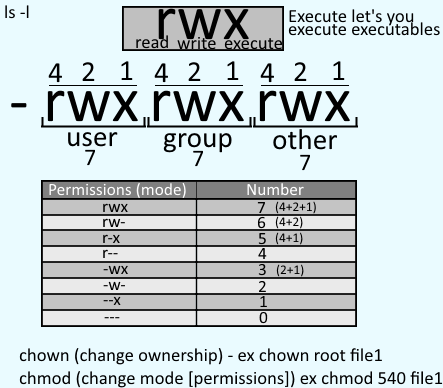
Freekb Linux Commands Chmod Change A File Or Directory Standard Permissions

Linux File Permissions Tutorial How To View And Change Permission

Linux File Permissions Tutorial For Beginners

How To Use Chmod Command In Linux Explained With Examples

Understanding Linux Permissions And Chmod Usage

Chmod Cheatsheet Linux



